
Giuseppe Palizzi, or Joseph Palizzi (12 March 1812, Lanciano - 1 January 1888, Paris) was an Italian-born French painter of landscapes and rural genre scenes. His younger brothers, Filippo, Nicola and Francesco Paolo also became painters.

Giuseppe Palizzi, or Joseph Palizzi (12 March 1812, Lanciano - 1 January 1888, Paris) was an Italian-born French painter of landscapes and rural genre scenes. His younger brothers, Filippo, Nicola and Francesco Paolo also became painters.
He was the second son born to Antonio Palizzi, a lawyer, and his wife Doralice née Del Greco, an amateur musician. In 1835, he moved to Naples, to enroll at the Royal Institute of Fine Arts, where he initially studied with the Dutch-born landscape painter, Anton Sminck Pitloo, then with Gabriele Smargiassi. He exhibited in 1839 and 1841, with works that showed the influence of the School of Posillipo. He presented historical landscapes at the yearly shows, but strained relations with the academic world led him to leave Italy. [1]
In 1844, he settled in Paris. There, he came into contact with members of the Barbizon School, and became one of the first Italian artists to paint in the Forest of Fontainebleau. He had several showings at the Salon during the 1840s, and exhibited at the Exposition Universelle of 1855. Later, he would return to Naples for an occasional exhibition.
He was named a Knight in the Legion of Honor in 1859. [2] Three years later, he received the Cross of the Knights of the Order of Saints Maurice and Lazarus.
During this time, he established himself in the village of Marlotte, and acquired a workshop for his brother Filippo, in Grez-sur-Loing. [3] With the approval of the forestry administration, he built another workshop in the forest, near the Gorge aux Loups, which was often shared, not only by him and Filippo, but Nicola as well; sometimes all together.
The 1870s brought several changes, beginning with the death of Nicola and followed shortly after by the Franco-Prussian War. As the German troops were withdrawing, his brother Francesco Paolo died. During the following years, possibly in response, he gave up his Romantic painting style; depicting realistic scenes of villagers and animals.
He died on the first day of 1888, and was buried at the Père-Lachaise Cemetery. The City of Lanciano has named its municipal art school after him.

Francesco Solimena was a prolific Italian painter of the Baroque era, one of an established family of painters and draughtsmen.

Domenico Morelli was an Italian painter, who mainly produced historical and religious works. Morelli was immensely influential in the arts of the second half of the 19th century, both as director of the Accademia di Belle Arti in Naples, but also because of his rebelliousness against institutions: traits that flourished into the passionate, often patriotic, Romantic and later Symbolist subjects of his canvases. Morelli was the teacher of Vincenzo Petrocelli, Ulisse Caputo, and Anselmo Gianfanti.
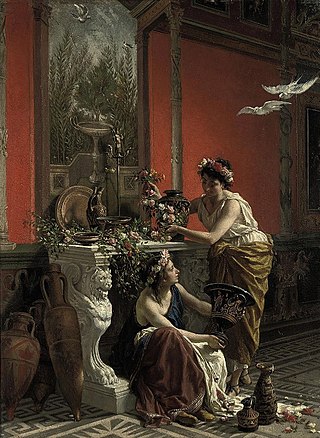
Cesare Mariani was an Italian painter and architect of the late-19th century, active in Rome and Ascoli Piceno.
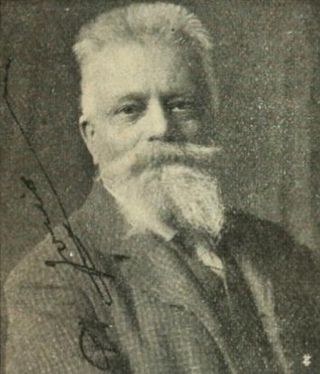
Pio Joris was an Italian painter, engraver and watercolorist.
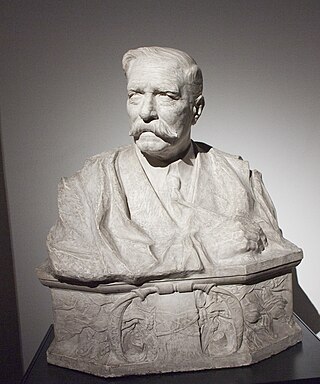
Francesco Lojacono or Lo Jacono (1838–1915) was an Italian painter, mainly of landscapes and seascapes, and mainly active in his native Palermo, Sicily.
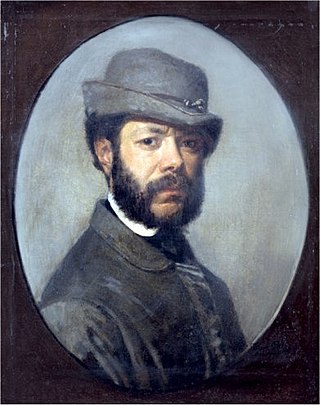
Filippo Palizzi was an Italian painter, known for his rural genre scenes with animals; mostly goats. His brothers, Francesco Paolo, Giuseppe and Nciola also became painters.

Francesco Paolo Michetti was an Italian painter known especially for his genre works.
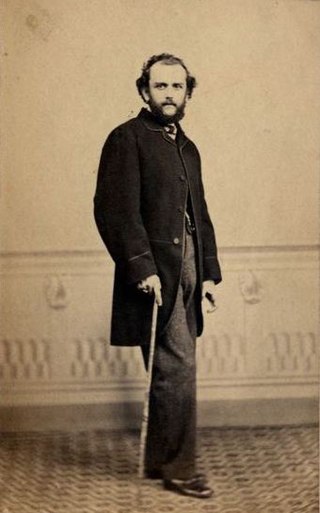
Achille Vertunni was an Italian painter.

Attilio Simonetti (1843–1925) was an Italian painter and Antiquarian.

Valerico Laccetti or Valerio Laccetti was an Italian painter, mainly of pastoral genre themes.
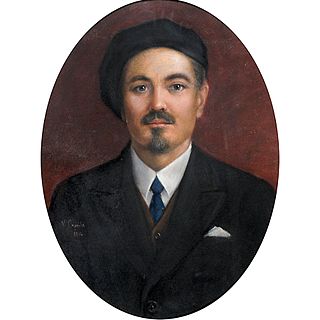
Vincenzo Caprile was an Italian painter, mainly Genre scenes and landscape paintings depicting the coast of Amalfi.

Francesco Saverio Netti was an Italian painter.

Antonino or Antonio Leto was an Italian painter, painting mainly genre/landscape subjects in an impressionistic style.
Francesco Nagar was an Italian painter and ceramist, who gravitated towards painting maiolica ceramics.
Roberto Stampa was an Italian architect.
Oreste Recchione was an Italian painter, mainly of landscapes but also of religious and mythologic paintings.
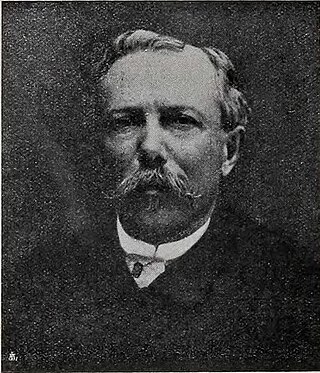
Federigo or Federico Rossano was an Italian painter in a Realist style.
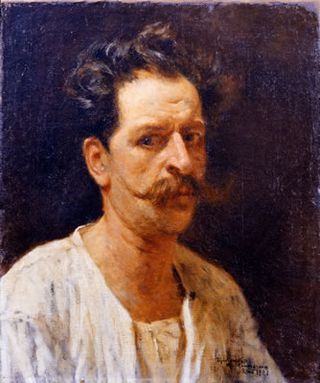
Michele Cammarano was an Italian painter who was best known for his battle scenes, although he worked with a wide variety of subjects.
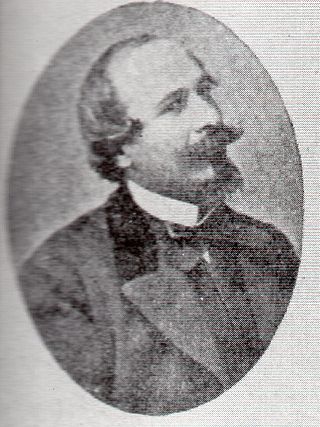
Nicola Palizzi was an Italian painter; known primarily for landscapes.

Francesco Paolo Palizzi, was an Italian painter; primarily known for landscapes.